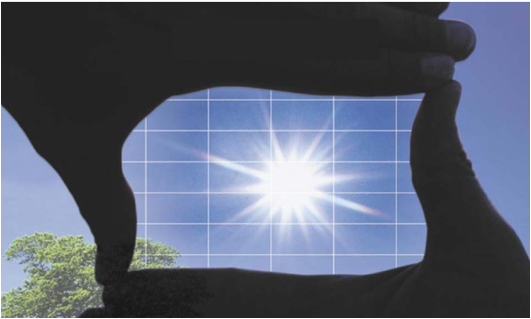Cheaper coal and cheaper gas will not derail the transformation and decarbonisation of the world’s power systems. By 2040, zero-emission energy sources will make up 60% of installed capacity. Wind and solar will account for 64% of the 8.6TW of new power generating capacity added worldwide over the next 25 years, and for almost 60% of the $11.4 trillion invested.
8 eye-catching findings from this year’s report
- Coal and gas prices stay low. A projected supply glut for both commodities cuts the cost of generating power by burning coal or gas, but will not derail the advance of renewables.
- Wind and solar costs drop. These two technologies become the cheapest ways of producing electricity in many countries during the 2020s and in most of the world in the 2030s. Onshore wind costs fall by 41% and solar PV costs fall by 60% by 2040.
- Asia-Pacific leads in investment, representing 50% of all new investment worldwide. Despite slower growth in the near-term, China remains the most important center of activity.
- Electric car boom. EVs increase global electricity demand by 8% – reflecting BNEF’s forecast that they will represent 35% of new light-duty vehicle sales in 2040, some 90 times the 2015 figure.
- Cheap batteries everywhere. The rise of EVs further squashes the cost of lithium-ion batteries, boosting power storage and working with other flexible capacity to help balance renewables.
- A limited ‘transition fuel’ role for gas outside of the US, with only 3% growth in gas demand for power to 2040, and generation peaking in 2027.
- Coal’s diverging trajectories. Coal generation plummets in Europe and peaks in 2020 in the US and in 2025 in China; however it increases 7% globally due to rapid growth in other Asian and African emerging markets.
- 2⁰C scenario. An extra $5.3tn investment in zero-carbon power is needed by 2040 to prevent power-sector emissions rising above the IPCC’s ‘safe’ limit of 450 parts per million.
Read the Executive Summary of the BNEF report here.
